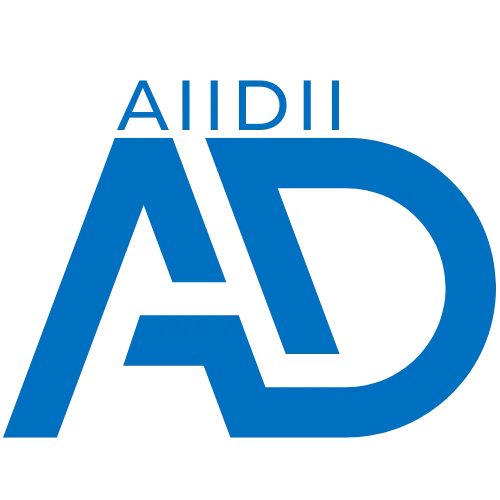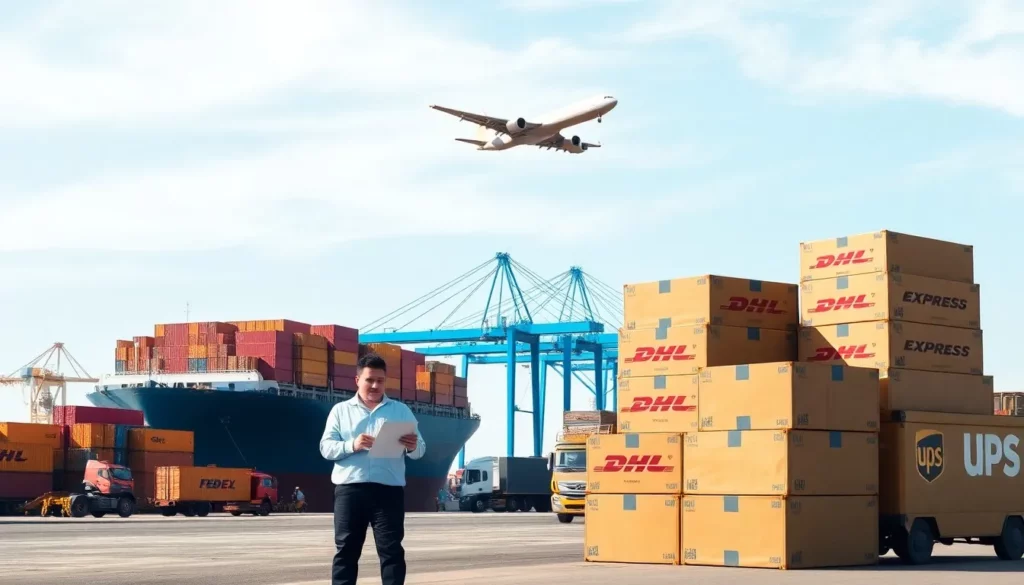Selecting the best shipping method from China to Uruguay can transform your import business. This guide equips you with strategies to manage freight costs, transit times, and customs processes while optimizing every shipment. You’ll learn practical ways to cut expenses and enhance efficiency with confidence.
Most Important: Partnering with expert China freight forwarders ensures seamless logistics, offering sea freight, air freight, customs clearance, and door-to-door delivery tailored to your import needs.
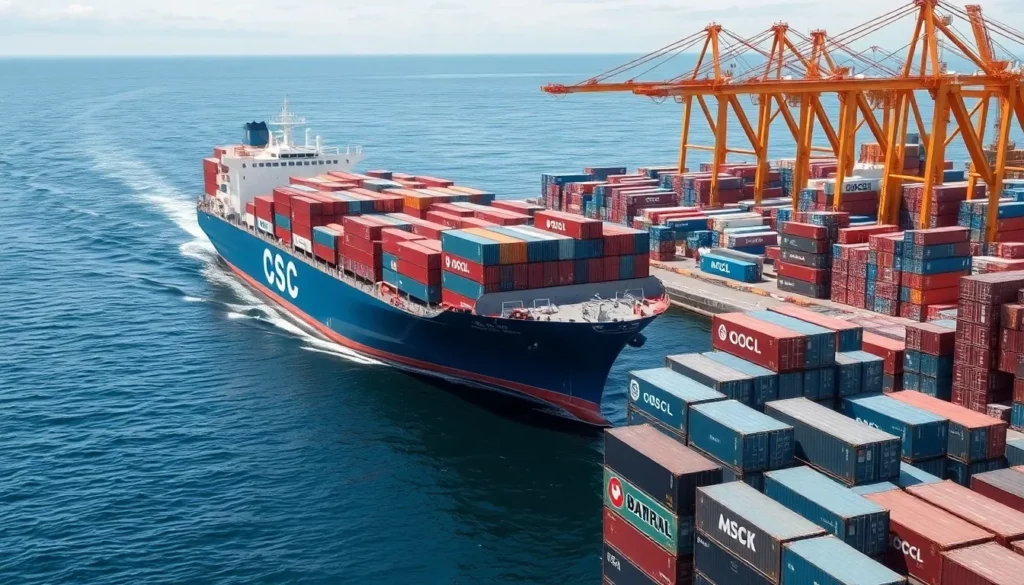
Core Shipping Methods: Air, Sea, and Express Freight Compared
Sea Freight from China to Uruguay: Ideal for Bulk Shipments
For large cargo volumes, sea freight offers unmatched cost savings when shipping from China to Uruguay. Montevideo, Uruguay’s primary commercial port, serves as the main entry point for containerized imports.
Full Container Load (FCL): Cost-Effective for Large Shipments
With FCL, you secure an entire container for your cargo, giving you full control over loading and unloading schedules. As of June 2025, FCL rates range from $4,600 for a 20-foot container to $4,800 for a 40-foot container from China to Montevideo.
- Best for: Shipments filling 60-80% of a container’s capacity.
- Advantage: Optimizes cost per cubic meter for high-volume importers.
Tip: Plan your inventory to maximize container use and avoid wasted space.
Less than Container Load (LCL): Flexible for Smaller Shipments
LCL lets you share container space with other importers, ideal when your cargo doesn’t fill a full container. Rates typically fall between $250-350 per cubic meter for China-Uruguay routes.
- Process: Your goods are consolidated at the origin port and deconsolidated in Montevideo.
- Trade-off: Expect additional handling time, adding 2-5 days to transit.
Important Warning: Ensure accurate cargo measurements to avoid unexpected LCL cost increases.
Major Ocean Freight Routes and Ports
Key Chinese ports—Shanghai, Shenzhen, Ningbo, and Guangzhou—offer direct sailings to Montevideo. The Shanghai-Montevideo route handles the most trade volume, often transiting via the Panama Canal or Cape Horn.
| Route | Major Carriers | Key Notes |
|---|---|---|
| Shanghai-Montevideo | COSCO, OOCL, MSK, APL | Highest trade volume, reliable schedules |
| Shenzhen-Montevideo | COSCO, MSK | Frequent sailings, competitive rates |
Best Practice: Choose carriers with consistent schedules to minimize delays.
Sea Freight Transit Times and Delay Factors
Expect sea freight to take 30-45 days port-to-port, with Shanghai-Montevideo averaging 40 days. Delays often stem from port congestion, weather, or seasonal demand spikes.
- Common Delays: Shanghai/Ningbo congestion can add 3-7 days.
- Mitigation: Monitor port conditions and plan buffer time during peak seasons.
Real-World Example: A furniture importer avoided delays by scheduling shipments outside Chinese New Year, saving $1,200 in demurrage fees.
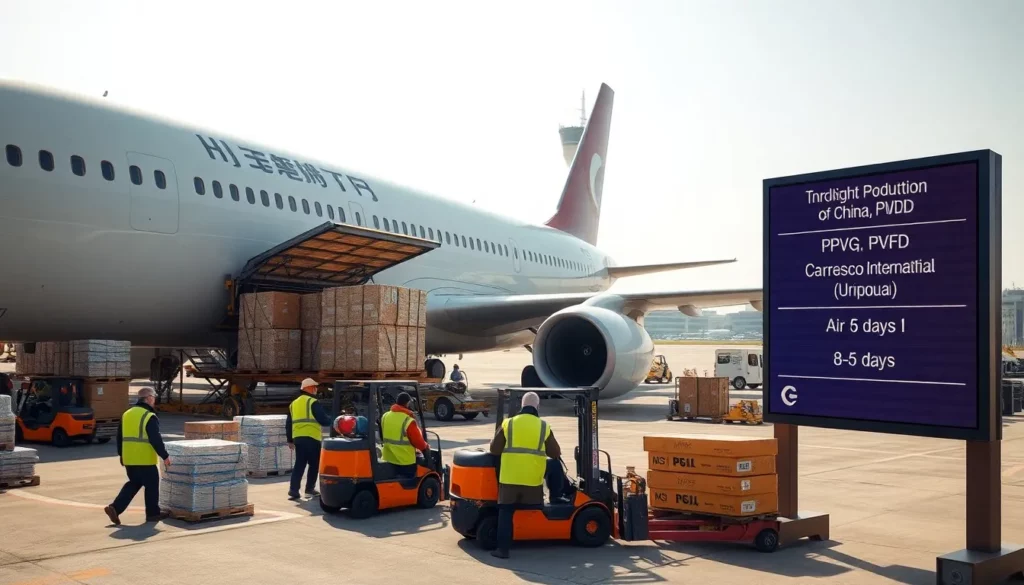
Air Freight: Prioritizing Speed
When time is critical, air freight delivers cargo from China to Uruguay’s Carrasco International Airport in 5-8 days. Rates for shipments over 1,000 kg average $8.20 per kilogram.
Standard vs. Express Air Cargo
Standard air freight, taking 7-8 days, costs $6-8 per kilogram. Express air, delivering in 3-5 days, commands a 40-60% premium.
| Service | Transit Time | Cost/kg | Best Use |
|---|---|---|---|
| Standard Air | 7-8 days | $6-8 | Regular inventory restocking |
| Express Air | 3-5 days | $9-12 | Urgent or high-value goods |
Tip: Use standard air for routine shipments to balance cost and speed.
When to Choose Air Freight
Air freight suits high-value, time-sensitive, or low-volume goods like electronics, pharmaceuticals, or seasonal fashion.
- Benefits: Reduces inventory holding costs for high-value items.
- Cost-Effective for: Shipments under 100 kg, where total landed costs rival sea freight.
Real-World Example: A retailer air-shipped 50 kg of promotional merchandise, meeting a campaign deadline and boosting sales by 15%.
Key Air Freight Hubs
Shanghai Pudong (PVG), Guangzhou (CAN), and Beijing Capital (PEK) are China’s main departure airports, while Carrasco (MVD) handles Uruguay’s air imports.
- China Hubs: PVG offers the most frequent flights and competitive rates.
- Uruguay Hub: MVD provides efficient cargo facilities and customs processing.
Best Practice: Select PVG for urgent shipments to leverage frequent connections.
Air Freight Transit Times and Customs
Total air freight transit, including customs, averages 5-7 days. Express services can achieve 3-4 days. Uruguay’s customs clearance typically adds 1-2 days.
- Speed-Up Tip: Pre-submit documentation to streamline clearance.
- Important Warning: Incomplete paperwork can delay air shipments by 2-3 days.
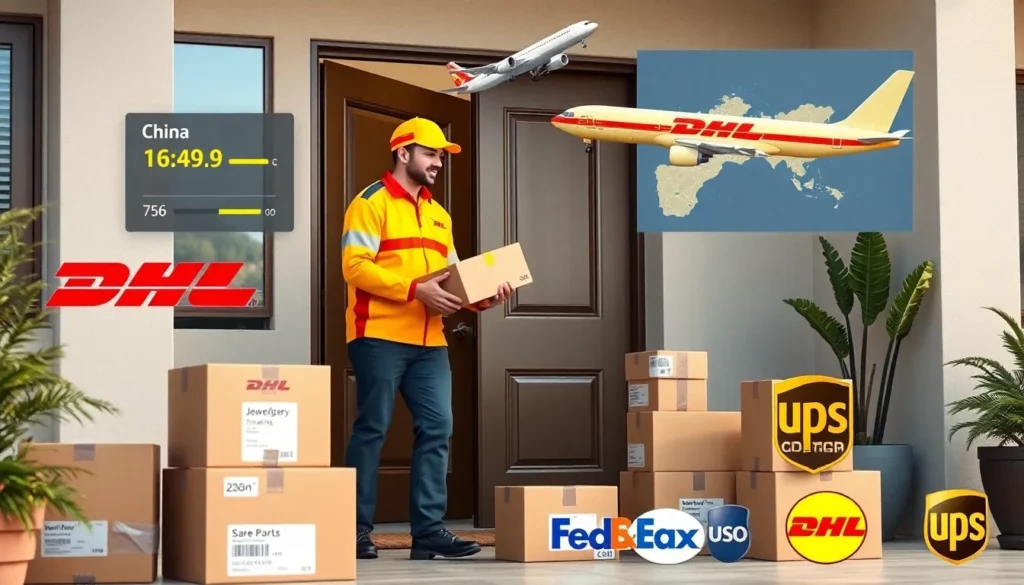
Express Shipping: Fastest Door-to-Door Option
Express couriers offer the quickest delivery from China to Uruguay, with full tracking and door-to-door service for maximum convenience.
Comparing Major Couriers
DHL, FedEx, and UPS dominate the China-Uruguay route, offering reliable service with online tracking.
| Courier | Transit Time | Cost/kg | Strength |
|---|---|---|---|
| DHL Express | 3-5 days | $25-35 | Fastest for urgent packages |
| FedEx | 3-5 days | $24-34 | Competitive for commercial cargo |
| UPS | 4-6 days | $23-33 | Reliable schedules, broad coverage |
Tip: Compare quotes from all three for shipments under 30 kg to secure the best rate.
When to Use Express Shipping
Express is ideal for e-commerce orders, product samples, or urgent documents under 30 kg.
- Use Cases: Jewelry, spare parts, or marketing materials.
- Benefits: Enhanced security and minimal handling reduce damage risks.
Real-World Example: An e-commerce seller used DHL to ship 10 kg of samples, securing a $50,000 client order.
Volumetric vs. Actual Weight
Express pricing uses the higher of actual or volumetric weight (length × width × height ÷ 5000).
- Impact: Bulky items incur higher costs due to dimensional weight.
- Cost-Saving Tip: Use compact packaging to minimize charges.
Important Warning: Misjudging volumetric weight can double express shipping costs.
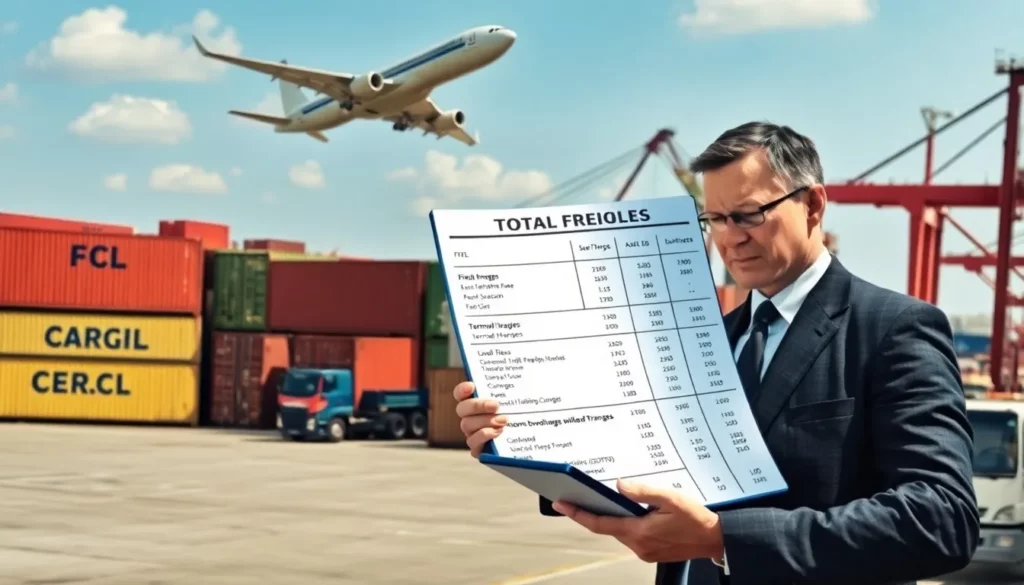
Calculating Total Shipping Costs
Breaking Down Freight Quotes
Your freight quote includes more than transport rates. Total landed costs cover freight, surcharges, duties, taxes, and local fees.
Base Freight Rates
Sea freight quotes are per container (FCL) or cubic meter (LCL). Air freight is per kilogram with minimum charges for small shipments.
| Method | Rate | Notes |
|---|---|---|
| FCL | $4,600-4,800/container | Fixed cost for full containers |
| LCL | $250-350/CBM | Varies by shipment size |
| Air | $6-8/kg (standard), $12-15/kg (express) | Minimum charges apply |
Best Practice: Request itemized quotes to identify hidden costs.
Surcharges
Fuel (BAF), currency (CAF), and peak season (PSS) surcharges add to your costs.
- BAF: Adds 10-15% to sea freight rates.
- CAF: Adjusts for exchange rate fluctuations.
- PSS: $200-500/container during high-demand periods like Chinese New Year.
Tip: Schedule shipments outside peak seasons to avoid PSS.
Terminal Handling Charges (THC)
THC covers cargo handling at ports. In China, expect $150-200/container; in Montevideo, $180-250/container.
- Stability: THC rates are less volatile than freight rates.
- Planning Tip: Budget THC for accurate cost projections.
Local Fees
Customs brokerage in Uruguay costs $150-300/shipment. Inland transport from Montevideo adds $100-400, and port storage fees apply if free time is exceeded.
- Cost Control: Hire brokers for efficient clearance to avoid storage fees.
Real-World Example: A textile importer saved $800 by pre-arranging inland transport.
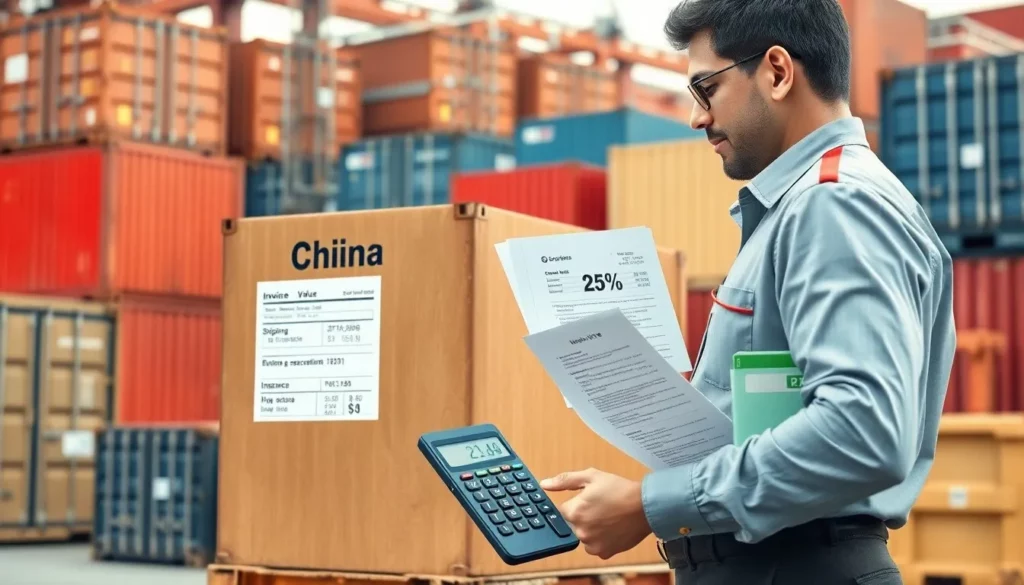
Customs Duties and Taxes in Uruguay
Uruguay levies a 22% VAT and import duties based on CIF (Cost, Insurance, Freight) value, with a standard 35% duty rate for Chinese goods.
Duty and VAT Calculation
Duties and VAT apply to the sum of invoice value, shipping costs, and insurance.
- Example: A $10,000 shipment with $1,000 freight incurs $3,850 in duties (35%) and $2,662 in VAT (22%).
- Mercosur Benefit: Preferential rates may apply for eligible goods.
Important Warning: Incorrect CIF values lead to penalties or delays.
Using Online Calculators
Online tools estimate duties using HS codes, invoice values, and shipping costs, but final rates depend on customs verification.
- Tool Tip: Cross-check estimates with your broker for accuracy.
- Limitation: Calculators don’t account for preferential trade agreements.
HS Codes and Duty Rates
HS codes determine duty rates, e.g., 5% for electronics vs. 38% for fashion.
- Best Practice: Work with brokers to classify goods correctly.
- Important Warning: Misclassification risks fines and clearance delays.
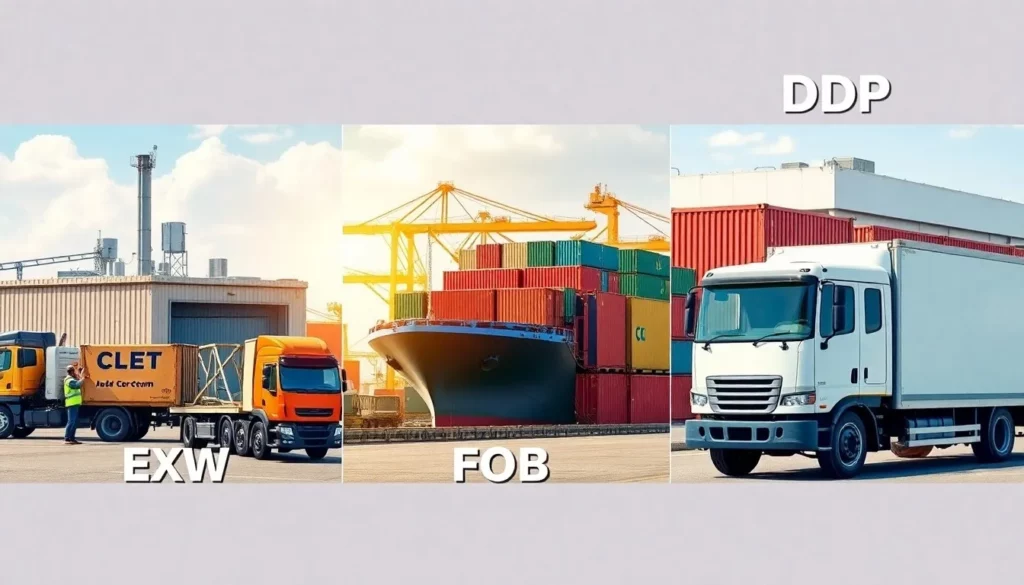
Incoterms and Final Costs
Incoterms define cost and risk allocation between you and your supplier, impacting your total expenses.
EXW (Ex Works)
Under EXW, you manage all logistics from the supplier’s facility, bearing all costs and risks.
- Best for: Importers with strong logistics expertise.
- Challenge: Requires comprehensive coordination.
FOB (Free On Board)
FOB splits responsibilities: your supplier handles export clearance, and you manage from the port.
- Advantage: Balances cost control and supplier support.
- Use Case: Experienced importers with reliable forwarders.
DDP (Delivered Duty Paid)
DDP offers all-inclusive pricing, with the supplier covering transport, clearance, and duties.
- Benefit: Simplifies budgeting for new importers.
- Cost: 15-25% higher than FOB.
| Incoterm | Importer Responsibility | Best for |
|---|---|---|
| EXW | All costs/risks from factory | Logistics-savvy importers |
| FOB | Costs/risks from port | Experienced importers |
| DDP | Minimal; supplier covers all | SMEs, high-value shipments |
Real-World Example: A startup chose DDP for its first shipment, avoiding $2,000 in unexpected clearance costs.
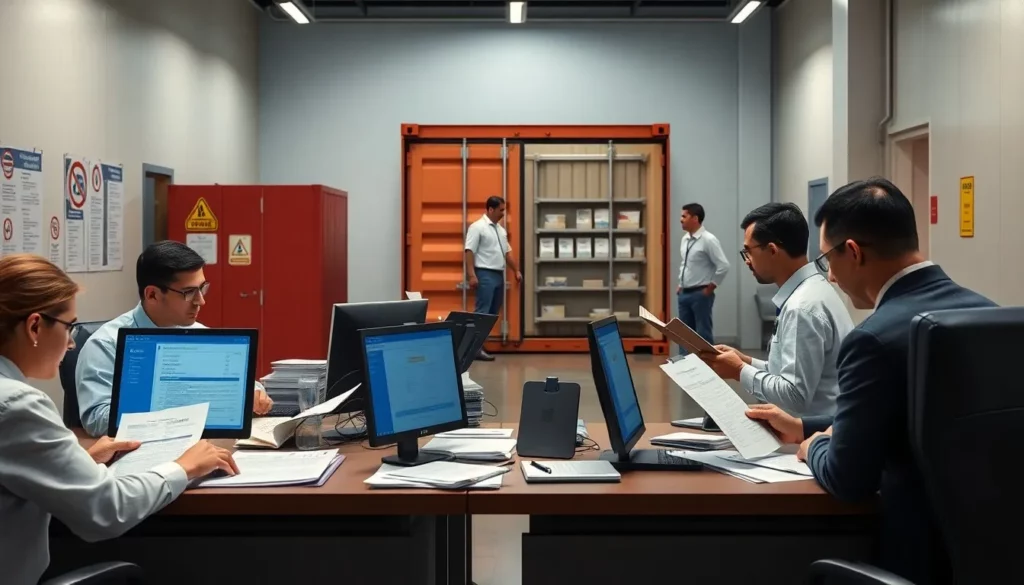
Uruguay’s Customs and Documentation
Required Shipping Documents
Accurate documentation prevents customs delays and penalties.
- Commercial Invoice: Details product value, description, and quantities for duty calculations.
- Packing List: Lists weights, dimensions, and packaging for cargo verification.
- Bill of Lading (B/L) or Air Waybill (AWB): Serves as the transport contract and tracking document.
- Certificate of Origin (CO): May secure preferential duty rates.
Important Warning: Errors in invoices or packing lists trigger inspections and fines.
Uruguay’s Customs Clearance Process
Uruguay’s National Customs Directorate (DNA) oversees a four-step clearance process.
- Pre-Arrival Declaration: Submit documents electronically before cargo arrives to reduce delays.
- Inspection and Valuation: Customs may inspect goods, adding 2-5 days if selected.
- Duty and Tax Payment: Settle all charges to release cargo, using bank transfers or checks.
- Cargo Release: Takes 1-2 days post-payment, followed by final delivery.
Best Practice: Pre-clear documents to minimize port storage fees.
Restricted and Prohibited Goods
Uruguay bans or restricts certain imports for safety and compliance.
- Prohibited: Lead-based paints, asbestos, used cars, certain insecticides.
- Restricted: Agricultural products, electronics, textiles require permits.
Real-World Example: An importer avoided $5,000 in fees by securing electronics permits pre-shipment.
Important Warning: Verify compliance 60-90 days before shipping to avoid rejections.
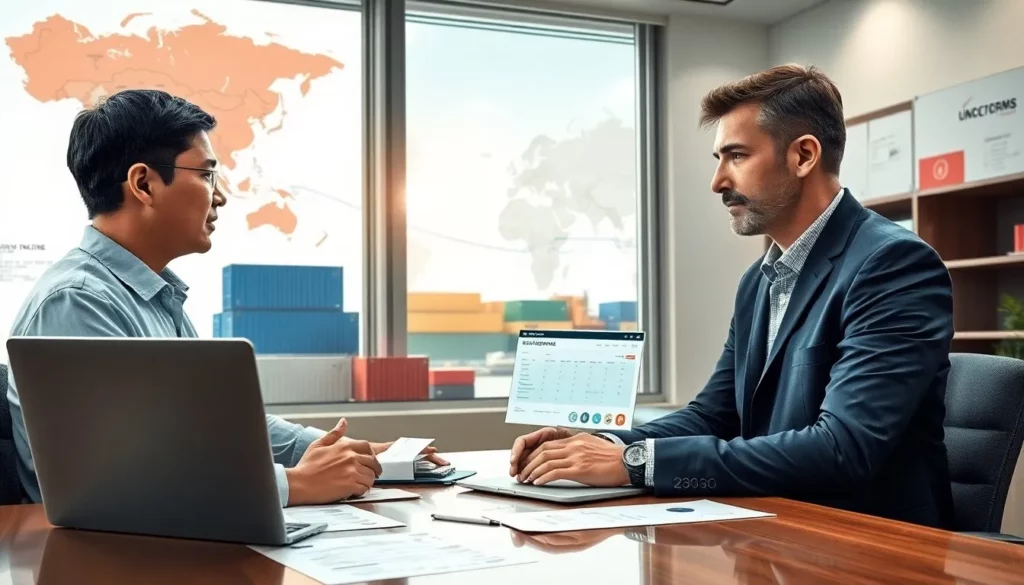
Choosing Your Logistics Partner and Incoterms
Selecting a Freight Forwarder
A reliable China freight forwarder is critical for smooth China-Uruguay shipments.
- Experience: Seek 5+ years in Latin American markets with verifiable references.
- Network: Ensure strong carrier and agent ties in both countries.
- Transparency: Demand detailed quotes and regular updates.
- Services: Prioritize forwarders offering warehousing, consolidation, insurance, and brokerage.
Tip: Request case studies of successful Uruguay shipments to assess expertise.
Optimizing with Incoterms
Choose Incoterms based on your business size and logistics capabilities.
- E-commerce/Startups: DDP simplifies costs and reduces complexity.
- Manufacturers/Retailers: FOB or CIF offers control over carriers and routing.
Best Practice: Align Incoterms with your cash flow and operational strengths.
Cargo Insurance
Insurance safeguards your cargo against transit risks, as carrier liability is limited.
- Carrier Limits: $2.50/kg for sea; slightly higher for air.
- All-Risk Insurance: Covers full value plus shipping costs at 0.1-0.3% of cargo value.
- Claims Process: Requires surveys and carrier liability letters.
Important Warning: Under-insuring risks major losses, including business interruptions.
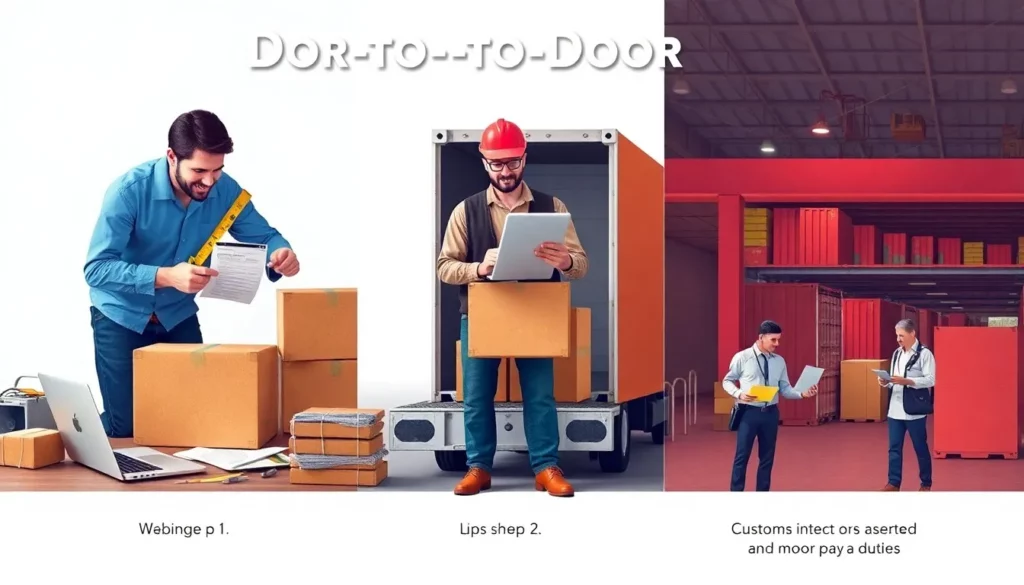
Step-by-Step Guide to Door-to-Door Shipping
Phase 1: Planning and Preparation
- Define Shipment Details: Measure weight, volume, dimensions, and confirm HS codes.
- Compare Quotes: Request detailed bids from 3-5 forwarders, evaluating total costs and service.
- Select Method/Incoterms: Balance urgency, budget, and supplier terms.
Tip: Accurate measurements prevent quote discrepancies.
Phase 2: Booking and Transit
- Book Shipment: Issue a shipping order with clear cargo and handling details.
- Coordinate Pickup: Schedule loading and inspect cargo condition.
- Track in Real-Time: Use forwarder portals for visibility and automated alerts.
Best Practice: Set milestone alerts to manage delivery schedules.
Phase 3: Customs and Delivery
- Submit Documents: Provide certified paperwork pre-arrival.
- Pay Duties/Taxes: Settle charges promptly to avoid storage fees.
- Arrange Final Delivery: Confirm truck sizes and unloading capabilities.
Real-World Example: A machinery importer saved $600 by pre-paying duties, avoiding demurrage.
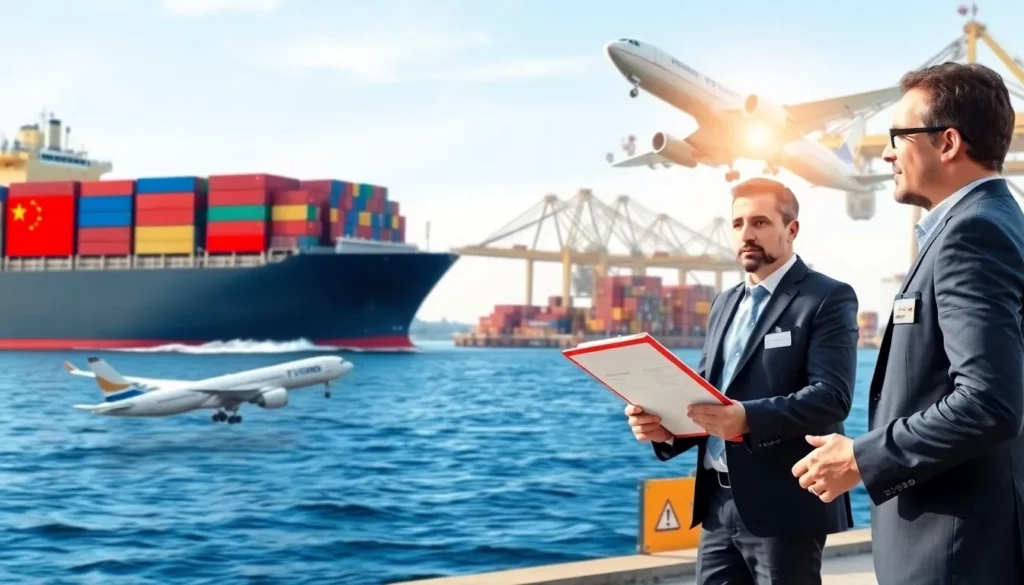
Conclusion:
Sea freight saves costs, air freight prioritizes speed, and express suits small urgent shipments. Consult a professional freight forwarder for your tailored China-Uruguay solutions. A seasoned freight forwarder ensures compliance, efficiency, and cost savings.
FAQs
1. What causes most shipping delays from China to Uruguay?
Port congestion in Shanghai/Ningbo, documentation errors, and weather disruptions are primary culprits. Plan buffer time and ensure accurate paperwork.
2. How can I lower shipping costs without compromising reliability?
Use LCL for smaller shipments, partner with forwarders offering competitive rates, and ship during off-peak seasons.
3. How do air and sea freight documentation differ?
Air freight uses AWBs, sea freight uses B/Ls. Both require invoices, packing lists, and COs, but air processes faster.
4. How do I manage customs inspections remotely?
Hire a customs broker to represent you, monitor progress via tracking systems, and ensure accurate documentation.
5. Should I use my supplier’s shipping or my own forwarder?
Your own forwarder offers better rates, transparency, and control compared to supplier arrangements with potential markups.
